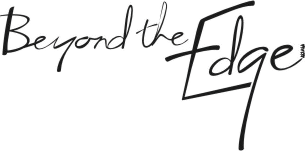Still learning about facilitation
Here’s what I learnt about facilitating thanks to Melbourne Playback Theatre Group‘s weekend workshop.
You have to keep doing something long enough to notice what’s going on for you
Taking an activity beyond what might be considered reasonable can have enormous payoffs. We would do a seemingly straightforward activity for a while, and just as I started thinking to myself, “Well, that’s enough – I’m getting sick of this now” we would have to keep going. And it was usually after this point that something really interesting happened.
Small moves are more interesting
We assume that large, bold moves are more interesting to those watching us. The opposite is true. It’s the small shifts that create interest and delight.
Leading/following is different to initiating/responding
There’s lots to explore here, and is probably a whole blog post of its own.
We can expand our comfort zone
Most of what we do is in our mid range (aka comfort zone). Being aware of your own mid range provides a way of exploring the edges. A simple activity like walking around the room can reveal patterns and habits and preferences. Noticing these and then making small shifts towards the edges can help expand our comfort zone. One way to become more present is to play at the edges of our habits.
It’s impossible not to be influenced by the people around us
We are influenced by others all the time, maybe we just don’t notice it.
Simplicity is very compelling
The tendency is to over-complicate. Keeping it simple is as important as it’s ever been. Simplicity is harder to achieve than complicated.
Body warm-up is as important as a mental warm-up
Athletes know this. Actors know this. What about facilitators, leaders, managers, speakers – anyone who has to stand up in front of a group?
And I also learnt a bunch of new activities:
- School of Fish: a basis for exploring connection, movement, leading and following, pace, style, non-verbal communication.
- Gift Box: an indirect way of introducing “yes, and…”
- Viewpoints: Wow! Just wow! It’s about tempo, duration, spatial relationships, kinesthetic response and repetition
- Pass the Zap: three new variations (which is helping to break my own habits with this game)
- Body warm-up: using physical stretches to warm-up and find your preferred status body position
- Helsinki warm-up: Finding your still moment in front of a group
- Focus on a point: a way to surface patterns and play with breaking them
